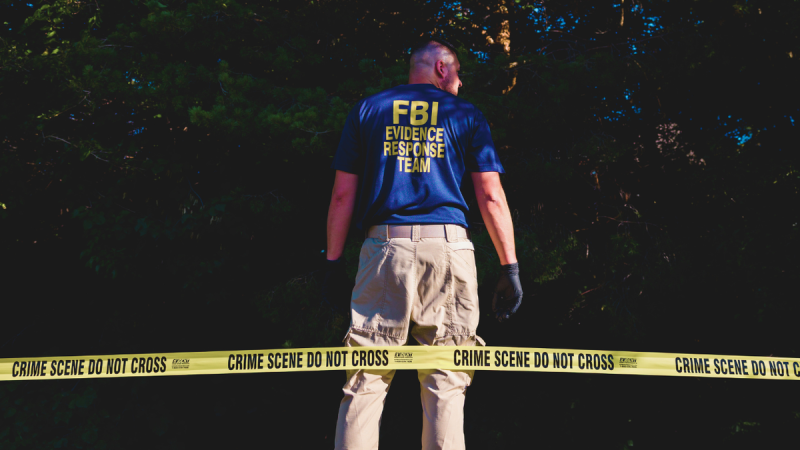The gun recovered by authorities in the assassination of Charlie Kirk was a bolt-action rifle — a common hunting weapon valued for its reliability but limited to a single shot before reloading.
Unlike a semiautomatic, the shooter must manually operate the bolt handle to cycle the weapon: lifting and pulling it back moves the spent cartridge, while pushing it forward chambers a new round from the magazine. Lowering the bolt locks the round and seals the chamber, making the rifle ready to fire again — a simple, durable design that has kept it popular among hunters and target shooters.
‘This process limits the rate of fire, you can only take one shot at a time,’ explained retired Marine Lt. Col. Hal Kempfer in an interview with Fox News Digital.
Kempfer noted that with a bolt-action rifle, the spent cartridge often remains in the chamber rather than being ejected, meaning shooters don’t leave behind shell casings or ‘brass’ that investigators can use for forensics.
‘That’s just one of those things where you, if you’ve thought it through, you know that you can’t leave any forensic evidence for investigators to work with,’ he said.
On Thursday, authorities said they recovered the rifle used to assassinate Kirk in the woods near the scene, where investigators believe the shooter abandoned it while fleeing to evade law enforcement.
‘They’re gonna be doing a lot of work on the forensics of this weapon as these firearms tend to have a history,’ he said, adding that investigators will try to trace where it was sold and how it changed hands.
‘It’s possible the shooter used a straw buyer or another method to conceal their identity — but that’s the kind of legwork investigators will now have to do to track the shooter,’ Kempfer said.
Kempfer, who served as an intelligence officer in the U.S. Marine Corps, said that the fatal shot was ‘not a particularly difficult’ one but does take planning.
‘You wouldn’t have to be some expert sniper or something, hunters take this shot all the time,’ he said, adding that the distance, clear weather, and elevated position all worked to the shooter’s advantage.

